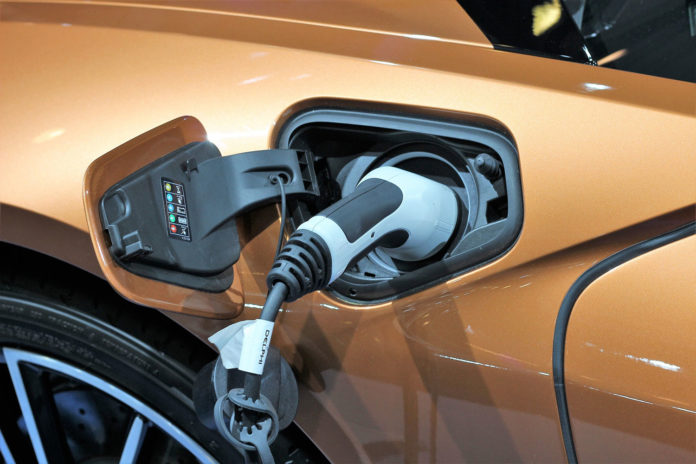Nowadays, the fast charging ability of energy storage devices is essential for applications in electric vehicles and electrical power grids. Faster charging and discharging, or a higher energy density resulting in more compact and lighter batteries: often there is some kind of ‘trade-off’ of these two. Not all cars and car batteries are prepared for this. Consequently, there is a worldwide search for new materials.
Researchers of the University of Twente in the Netherlands have developed an experimental lithium-ion battery cell using a fully new material, nickel niobate, for the first time as a new intrinsic high-rate anode material. According to the researchers, the novel electrode design allows for charging at 10 times the speed of today’s devices.
The new material nickel niobate appears to have very attractive properties, and even after many cycles of ultrafast charging, it returns to its original level. Nickel niobate features an attractive “open and regular” crystal structure with identical, repeating channels for charge transport.
The research team tested the first full battery cells with the new nickel niobate anode material for various existing cathode materials as well. The results show batteries with the new anode offered ultra-fast charging rates 10 times faster than current lithium-ion batteries with standard anode material graphite. Nickel niobate is also more compact than graphite, so it has a higher ‘volumetric’ energy density.
The team also reports that the new material has a high capacity of about 244 mAh g−1. The minimal volume change during lithiation is the origin of the stable reversible lithiation process in nickel niobate and leads to 81% capacity retention after 20,000 cycles. They conclude that this version would be ideal for introducing it into an energy grid, in electrically powered machines that require fast charging and discharging, or in electrically powered heavy transport. However, some further research and problem-solving will be required for using it in electrically powered cars.
